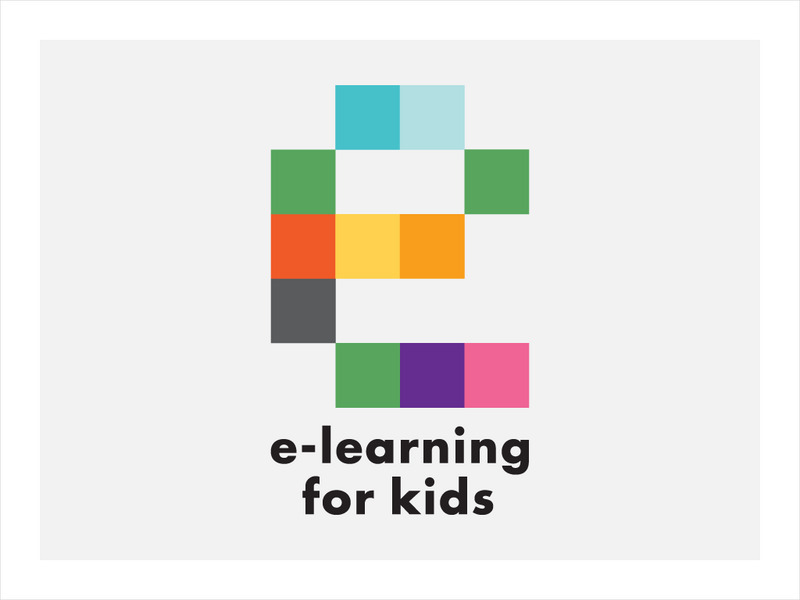Hi, what do you want to do?
Curated OER
Vegetable Twister
Young scholars review vegetables and their nutrient values and production. In this vegetable production worksheet, students read information about the nutrients in vegetables and how they are grown. Young scholars participate in a game...
Curated OER
City Wildlife in a Vase
Students examine a still-life painting. They discuss the observation of nature by scientists and artists and explore the symbolism of biological life cycles depicted in a painting.
Curated OER
Riparian Zones Grades 4-8
Students examine and analyze the Riparian Zones found on the edges of streams and lakes. They assess why those are such valuable ecosystems and then conduct actual field research on riparian zones and conclude by drawing conclusions from...
Curated OER
Links in a Food Chain
Little ones make costumes and act out a rhyme in which there are daisies, bugs, wrens, snakes, and foxes that all interact in a food web. This would be a memorable activity for primary life scientists to participate in as a wrap-up...
Curated OER
Animals and Engineering
Students study animal classification and their interactions. In this animals and engineering lesson students study animal communities and how engineers use this knowledge to create new technologies.
Curated OER
Cell Reviews
Learners draw cells, make a cell, and list organelles in plant and animal cells. In this cells lesson plan, students create edible cells.
Curated OER
What Were Dinosaurs Like?
Students compare and contrast dinosaurs to animals that are alive today through basic research.
Curated OER
Birth, Growth, And Development
Young scholars understand that all living things have a life cycle that includes being born, developing into an adult, reproducing, and eventually dying.
Curated OER
Powdery Mildew Fungi: Classification and Ecology
Students use a written key or illustrated key to identify fungi on plant leaves into its genus based on sexual or asexual reproduction, host range diversity, and host-parasite relationships.
Curated OER
Archaeology What Gets Preserved?
Students view a video on a culture and list what would be preserved over time. In this investigative lesson plan students study preservation and what gets preserved in different cultures.
Curated OER
Mother's Day Carnations
Students make a carnation craft wtih a carnation, food dye, ribbon, dixie cup, and more. For this carnation lesson plan, students make this craft for Mother's Day.
Curated OER
Dinosaurs 2: What Were Dinosaurs Like?
Students compare and contrast dinosaurs to animals that are alive today through basic research.
Curated OER
What Animals Need to Live
Fourth graders read "Habitat: What Animals Need to Live" then create a Venn diagram for herbivore, omnivore, and carnivore. In this animal survival lesson plan, 4th graders determine where different animals need to live depending on what...
Curated OER
Newsworthy Images
Students examine images made for newspapers and create their own photos to tell a story. They experiment with cropping to reframe their images and explore how photographic images can be manipulated.
E-learning for Kids
E Learning for Kids: Science: Norway: What Are the Functions of Different Parts of a Plant?
Heidi is going on a class trip with her class in Norway. Help her learn the functions of different parts of the plants found.
University of Illinois
University of Illinois Extension: The Great Plant Escape Parts of a Seed
Help Detective Le Plant discover how a seed grows into a plant. Students will learn to describe a seed's structure and what's needed for seed growth.
ClassFlow
Class Flow: Parts of Seeds, Plants, and Flowers
[Free Registration/Login Required] In this flipchart students get the opportunity to learn the parts of seeds, plants, and flowers. There are also interactive activities and assessment available.
University of Illinois
University of Illinois Extension: Plantenstein Is the Suspect!
Detective Le Plant has discovered that one plant can produce many other plants. He needs you to help him find out how this happens. Follow along and learn about the parts of flowers and reproduction. Along the way, you will be quizzed!
E-learning for Kids
E Learning for Kids: Science: Fishing Boat: What Are the Parts of a Plant?
Explains the basic parts of plants followed by a short quiz.
Alabama Learning Exchange
Alex: A Study of Plants
In this lesson, students will incorporate reading and writing concepts to learn the parts of a plant. Several different technology resources will be incorporated to aid in the learning process.
EL Education
El Education: Abc's of the Intertidal Zone High Tide
This guide to the intertidal zone was created by 7th grade students in Portland, Maine, as part of a Learning Expedition called, "In the Zone." Each student was responsible for studying and researching a particular species within the...
Missouri Botanical Garden
Missouri Botanical Garden: Biology of Plants: Plant Parts
Learn about the basic parts of a plant and their jobs.
Missouri Botanical Garden
Missouri Botanical Garden: Biology of Plants: Pollination
Learn the parts of a flower and how a plant gets pollinated. Includes video, songs, diagrams, and lesson plans.
Alabama Learning Exchange
Alex: The Amazing Antigravity Stem
This lesson consists of an experiment which will demonstrate how a plant uses its stem to carry water and minerals from the roots to the leaves and other parts of the plant. Students will then use their word processing skills to record...



























